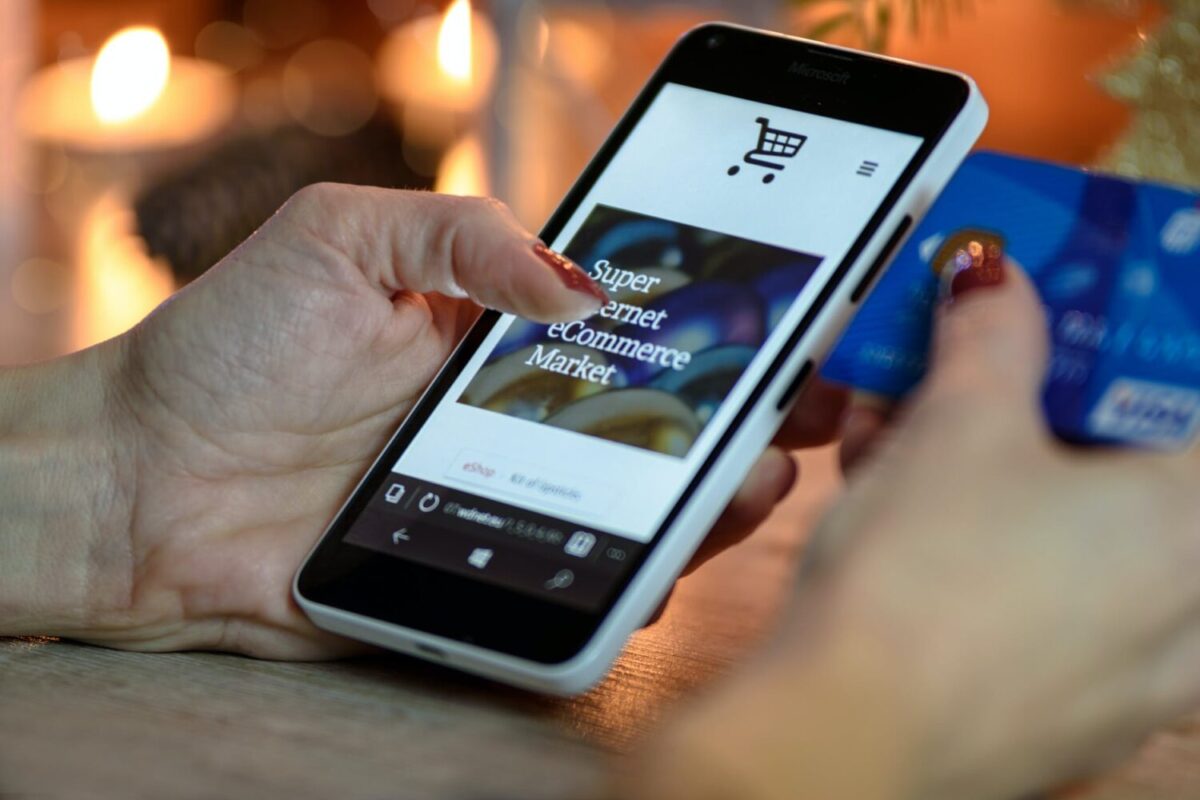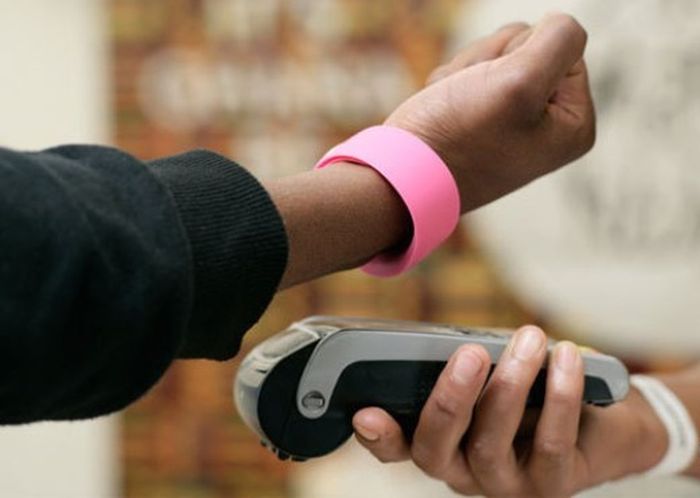
How do business owners protect their precious goods and merchandise? In a bygone era, high-priced items were placed behind alarm-enabled glass, stored in locked cabinets, and placed in appointment only showrooms. The cabinets, alarms, and VIP rooms still exist, but are not nearly as common as they once were. That’s because modern merchants have much better, less costly ways of protecting their goods. In addition to tracking chips, fleet management software, inventory apps, virtual retail displays, and wrist bands for shoppers, there are plenty of other strategies for keeping a watchful eye on merchandise.
In the computer age, electronic surveillance is everywhere, and that means business owners see fewer annual losses due to shoplifting, burglary, and pilferage. In at least one situation, it’s fair to say that technology has come to the rescue of merchants. Here are the most common ways that entrepreneurs prevent losses, keep track of what they have, and make sure purchases go directly to paying customers.
Anti-Shoplifting

Radio frequency chips have been around for a while, but until just a few years ago they were only used in big ticket items like fur coats, high-end entertainment equipment, and jewelry. Once costs for these cousins of the RFID chip began to come down, retailers started using them in items with more real-world prices. Visit your local big-box store and you’ll see RF chips and tags in things like toys, sporting goods, cosmetics, and even giant bags of dog food. Just about anything priced upwards of $25 now carries an RF chip to help prevent shoplifting. Retailers don’t even call them RF tags anymore, as they refer to the tiny white slips of metallic paper as anti-shoplifting labels. RFs are cheap, inconspicuous, and get the job done.
Fleet Management
If your business uses vehicles to get the job done, a fleet management platform can free up your time and let you focus on what you really want to do: grow your company, cut spending, track every vehicle, oversee drivers, and keep tabs on cargo from the moment it leaves your location. Using real-time fleet tracking and route optimization software from Samsara, these asset-protecting programs and platforms perform efficiently. Not only do they give managers a birds-eye view of where everything is at any given moment, but they create efficient routes, reduce delivery time, get products to customers on schedule, minimize fuel costs, keep track of each vehicle’s repair and maintenance history, and much more.
Asset Tracking

It’s not all about shoplifting. Every year, millions of dollars of goods are stolen by store employees who know how to evade cameras, RF tags, and other anti-shoplifting techniques. Accountants call this kind of loss shrinkage, because the inventory appears to shrink without being stolen (by a shopper), broken, returned to the wholesaler, or sold to a paying customer. Hidden warehouse cameras catch a lot of shrinkage theft, but deeply embedded RF tags do their part as well. Some stores now use a one-entrance policy for workers, who must go through tag detectors before they leave the premises after their shifts.
JIT Delivery
Keeping inventory is almost an invitation for theft, spoilage, and other kinds of asset loss. No manager wants to maintain large inventories. Not only does it cost money to store and care for unsold goods, but there are just too many ways the items can deteriorate, break, or be destroyed, in fires and floods for example. JIT delivery means just in time, and it’s a technique pioneered by the Japanese in the 1970s. After the strategy quickly spread all over the world, business owners soon discovered the wisdom in keeping minimal inventory on hand. The trick is in planning and in using past sales data to predict upswings and drop-offs in needed inventory. The goal is to have every item arrive just in the nick of time, so to speak, before it is delivered to the customer.
Virtual Retail Items

In a happy marriage between e-commerce and in-person retailing, many merchants have turned to virtual displays, especially for high-priced items like jewelry, entertainment tech, and designer shoes. Cosmetics and electronics stores were the first two to pick up on this trend. The typical setup involves a small monitor for the shopper to view an item like a new perfume or computer peripheral. The actual product is not on display because the risk of theft might be too high, depending where the store is located. So, if you want to look only, but not touch, you’re free to do so. Then, should you decide to buy, simply click to contact the store employee on the screen and a human clerk will assist you.
Eye-in-the-Sky
Surveillance cameras are not new, but high-definition, inexpensive ones are. In fact, it’s difficult to find a store that does not have them these days, no matter the cost of the average item on the shelves. What most consumers don’t know is that laws allow not only for video-taping of shoppers but also audio-taping. That means in most modern retail establishments, what you do and say is being taking down and stored on a remote device somewhere. In-store cameras have greatly reduced theft. And, when shoplifters do grab-and-go before they’re caught, video footage is usually the thing that brings a swift conviction once a case goes to court. In most cases, just the existence of ceiling-mounted cameras in retail locations goes a long way toward deterring theft.
Wrist Bands

Using chip-embedded wrist bands to track in-store customers began in the auction industry. There’s always a danger of theft, loss, breakage, and other mishaps when you combine a room full of excited bidders with art works worth hundreds of millions of dollars. After a couple well-publicized heists back in the 1990s, some auction houses began tagging bidders with RF wrist bands so no one could get in or out of the main room without notice. Nowadays, some of the world’s largest jewelry, art, coin, and gold bullion sellers are doing the same thing. You want to browse in the showroom? You wear a chipped bracelet, hand over ID, and pose for the camera first.
















